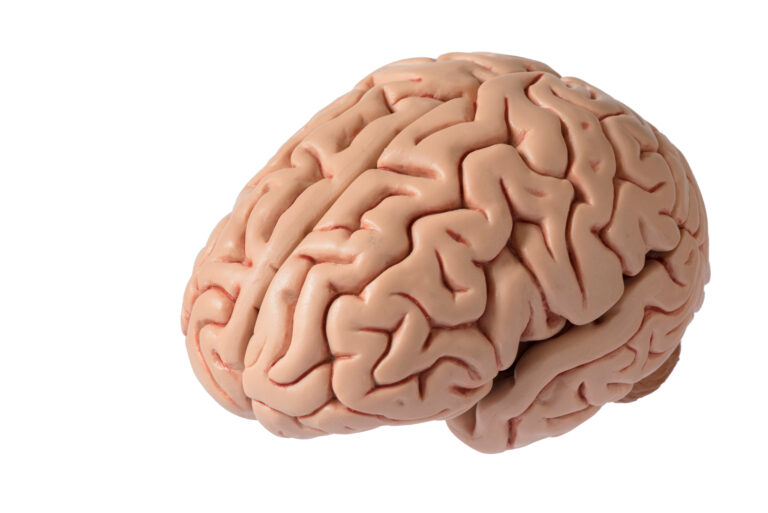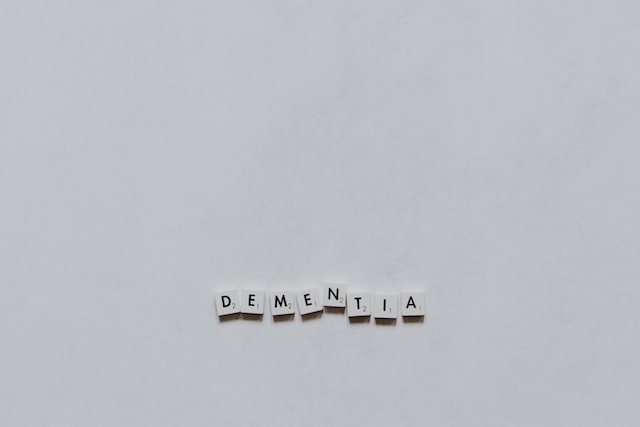Cognitive Behavioral Therapy (CBT) is a form of psychotherapy that has been shown to be effective in treating a variety of mental health conditions, including skin picking disorder. This therapy is based on the idea that our thoughts, feelings, and behaviors are interconnected, and by changing our thoughts and behaviors, we can also change our emotions. In this article, we will explore the basics of CBT for skin picking, including what it is, how it works, and its benefits.
What is Skin Picking Disorder?
Skin picking disorder, also known as excoriation disorder or dermatillomania, is a mental health condition characterized by the recurrent picking of one’s skin. This can include picking at scabs, blemishes, or healthy skin. The behavior can be so intense and uncontrollable that it causes significant distress and interferes with daily life. It is estimated that 5% of the population may have skin picking disorder, and it tends to be more common in women than men.
What is Cognitive Behavioral Therapy (CBT)?
CBT is a form of talk therapy that focuses on identifying and changing negative patterns of thoughts and behaviors. It is based on the idea that our thoughts, feelings, and behaviors are connected and that by changing one, we can positively impact the others. CBT is a structured and goal-oriented therapy that typically involves weekly sessions with a trained therapist.
How does CBT work for Skin Picking Disorder?
CBT for skin picking disorder involves two main components: cognitive restructuring and behavioral interventions.
Cognitive restructuring is the process of identifying and challenging the negative thoughts and beliefs that contribute to skin picking behavior. Therapists working with individuals with skin picking disorder help them become aware of their thoughts and beliefs surrounding their skin picking behavior. They then work together to challenge these thoughts and develop more realistic and positive ways of thinking.
Behavioral interventions focus on changing the behavior itself. This can include techniques such as stimulus control, which involves identifying and avoiding triggers for skin picking, and habit reversal training, which teaches individuals to replace skin picking with a more positive behavior. The therapist may also use relaxation techniques to help manage the urges to pick.
The combination of these cognitive and behavioral techniques can help individuals with skin picking disorder gain a better understanding of their condition and learn skills to manage and reduce their skin picking behavior.
What are the Benefits of CBT for Skin Picking Disorder?
CBT has been shown to be effective in treating skin picking disorder in several studies. It can help individuals reduce the frequency and intensity of their skin picking behavior and improve their overall quality of life. CBT can also help individuals learn coping skills to manage the urges to pick and decrease the associated feelings of distress and shame.
In addition, CBT provides individuals with tools they can continue to use after therapy has ended, making it a long-term solution for skin picking disorder. It also focuses on addressing the underlying thoughts and beliefs that contribute to skin picking behavior, rather than just the behavior itself, leading to more lasting results.
In Conclusion
Skin picking disorder is a challenging condition that can significantly impact one’s daily life. However, with the help of cognitive behavioral therapy, individuals can learn to manage their skin picking behavior and improve their overall well-being. By identifying and changing negative patterns of thoughts and behaviors, CBT offers a long-term solution for individuals struggling with skin picking disorder. If you or someone you know is struggling with this condition, consider seeking the support of a licensed therapist trained in CBT.





